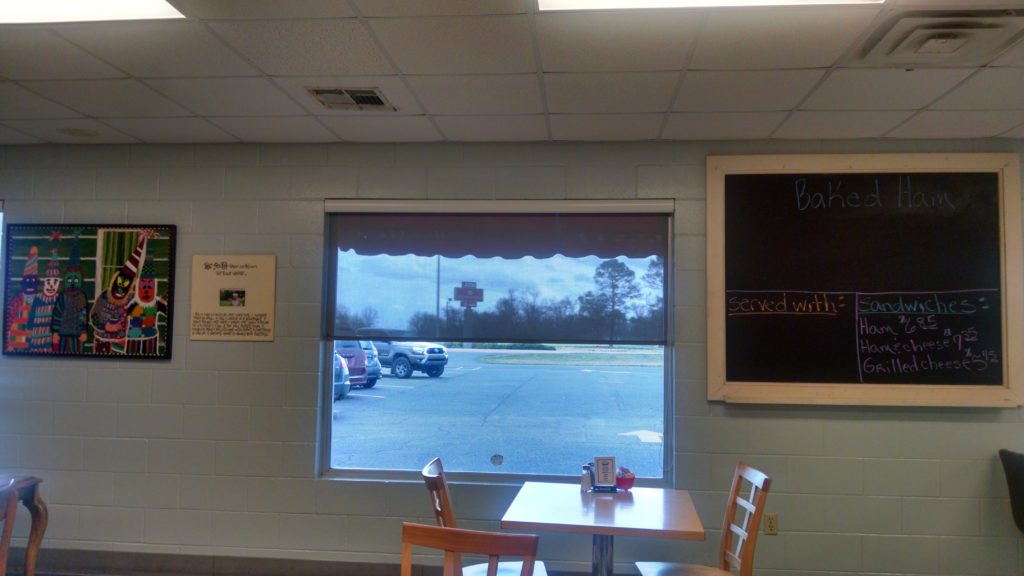I woke up from a very restful sleep to an elegant breakfast. I sat at a table alone to avoid being drawn into more interactions with my acquaintances from the night before. Before I began to eat, Liam showed up and joined me at a small table, where we gossiped about the strange night before. We both noticed the changes that alcohol brought. The couple did not appear, so we were able to chat freely. He was also heading to New Orleans, so we exchanged contact information in case either of us wanted company in the Big Easy.
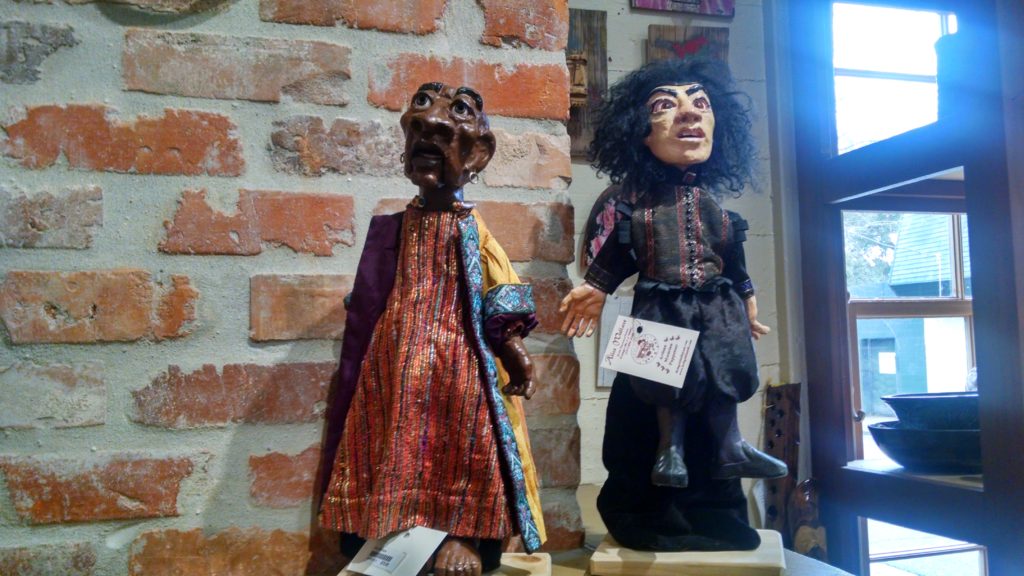
As I was leaving, two of the staff helpfully explained to me the story of the resident ghost. The house belonged to what had been a plantation that was held by the same family from the early 19th century until they sold the property in the 1970’s. A brother (t’frere) inherited, but Amelie moved back into the house after she lost her husband and son. One day, Amelie went missing on the estate and her body was found in a well, cause of death unknown. Was she suicidal? Was there a scandal with a new Creole man who was trying to court her? Was it simply a sad accident? Nobody knows, but because it may have been suicide, the family buried her on the land instead of on consecrated ground (presumably near her husband and child), so she haunts the place. Apparently, she is very friendly, and I would wish her well if I encountered her. The house is T’Frere’s and the hospitality is generous.
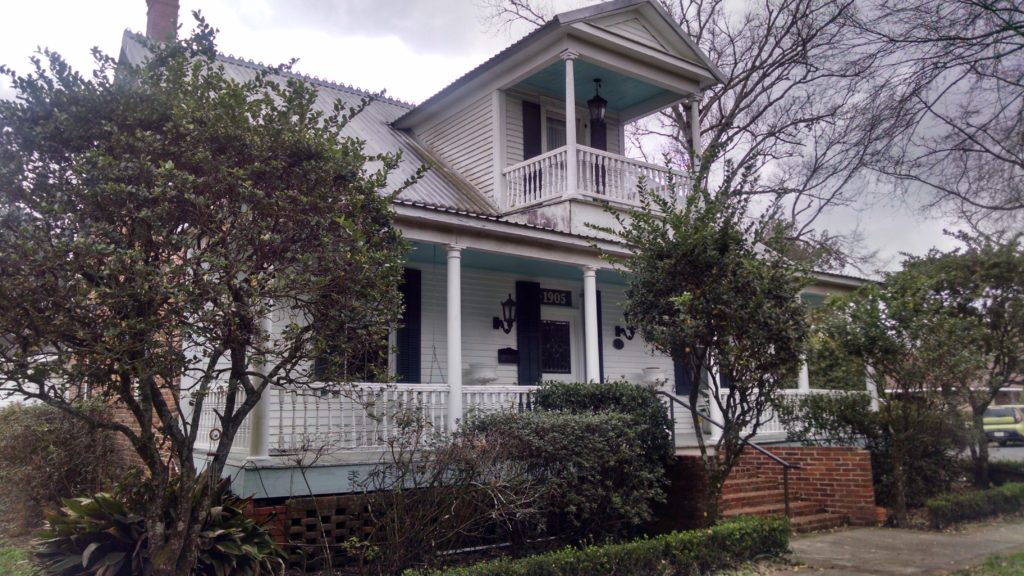
I must admit that I knew nothing about Cajun culture at this point, so my first stop was at the Jean Lafitte National Park, which includes the helpful Acadian Cultural Center. The introductory film explains the story of Acadia in New France, and what might be described as the ethnic cleansing that occurred there once the British side won the French and Indian War. In explaining the resulting diaspora of the Acadian people, the film highlighted Longfellow’s poem, Evangeline, which traces the story of two Acadian lovers separated in the Great Expulsion, who spend a lifetime trying to find each other in the wilds of North America. In 2019, I was able to get a copy of the poem at Longfellow’s home and visit Acadia National Park in Maine. Still stands the forest primeval.
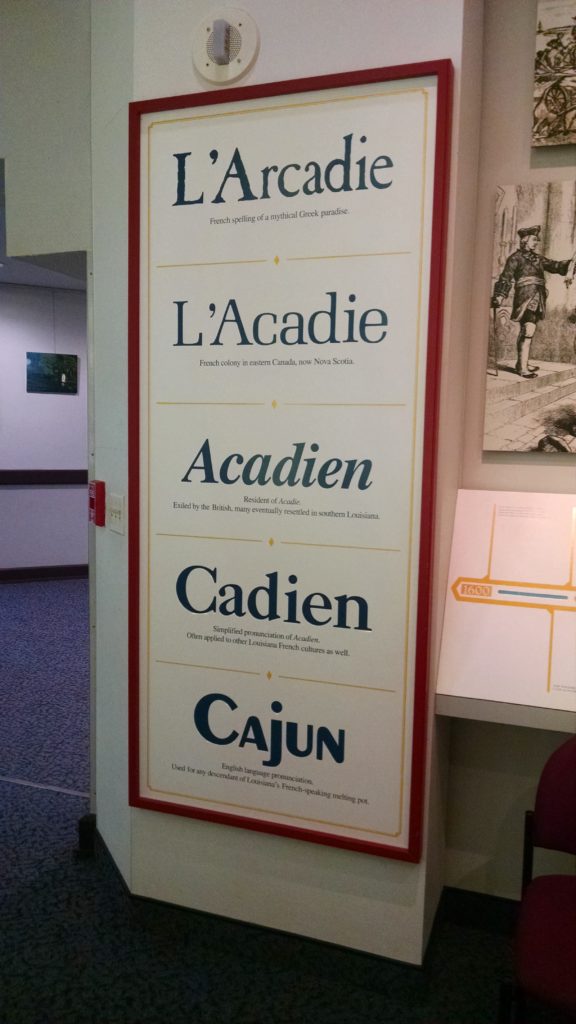
But I digress. Many Acadians settled in the bayou country west of the Mississippi River at the invitation of the King of Spain, who then controlled it. They farmed the land and maintained a distinct community from the French elites who settled further east. Their cultural forms–which had been distinct in France prior to settlement–continued to flourish. The museum highlights the food, music, and rustic lifeways. Lafayette and its surroundings are a Cajun hub. The site closed at noon because they were putting on various traditional musical programs across the area throughout the day.
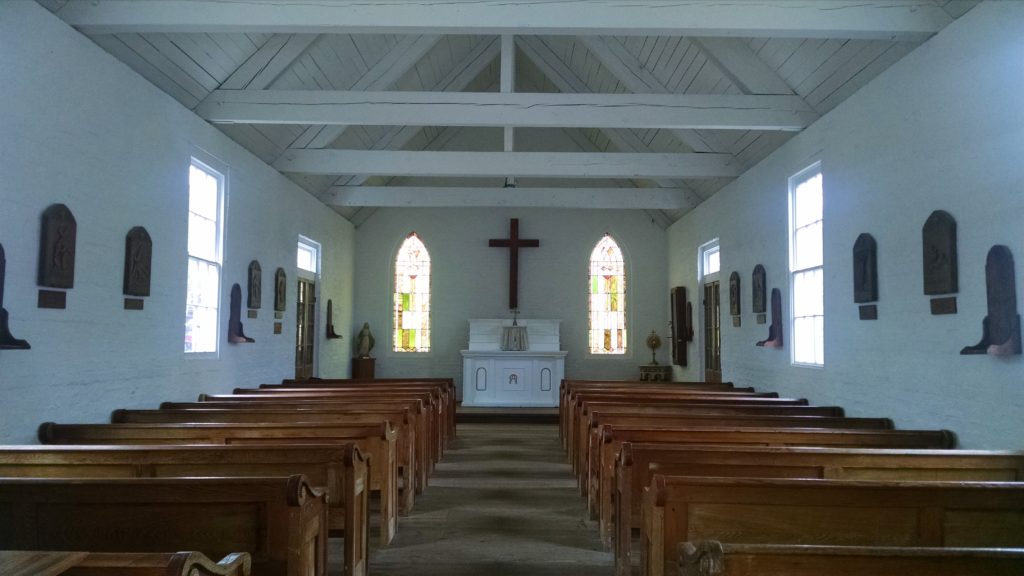
From the national park, I headed to the Acadian Village, which is a reconstruction of Acadian life in the early 1800 hundreds, a simple agricultural life that centered around village and family networks. The tour was self guided, and when I finished in mid-afternoon, I had some decisions to make about the remaining hours of my time in Louisiana. I had one more full day of touring before my flight, and I had decided to head back to New Orleans that evening because I wanted to experience the town for a full day absent of Mardi Gras. That left me an afternoon to drive around and take in the musical presentations or make some stops on my journey east. Because the sites were remote–and my directions prone to fail–I headed for New Orleans, and stopped off at Lee’s Diner in Hammond for the dime store experience and great pie.
